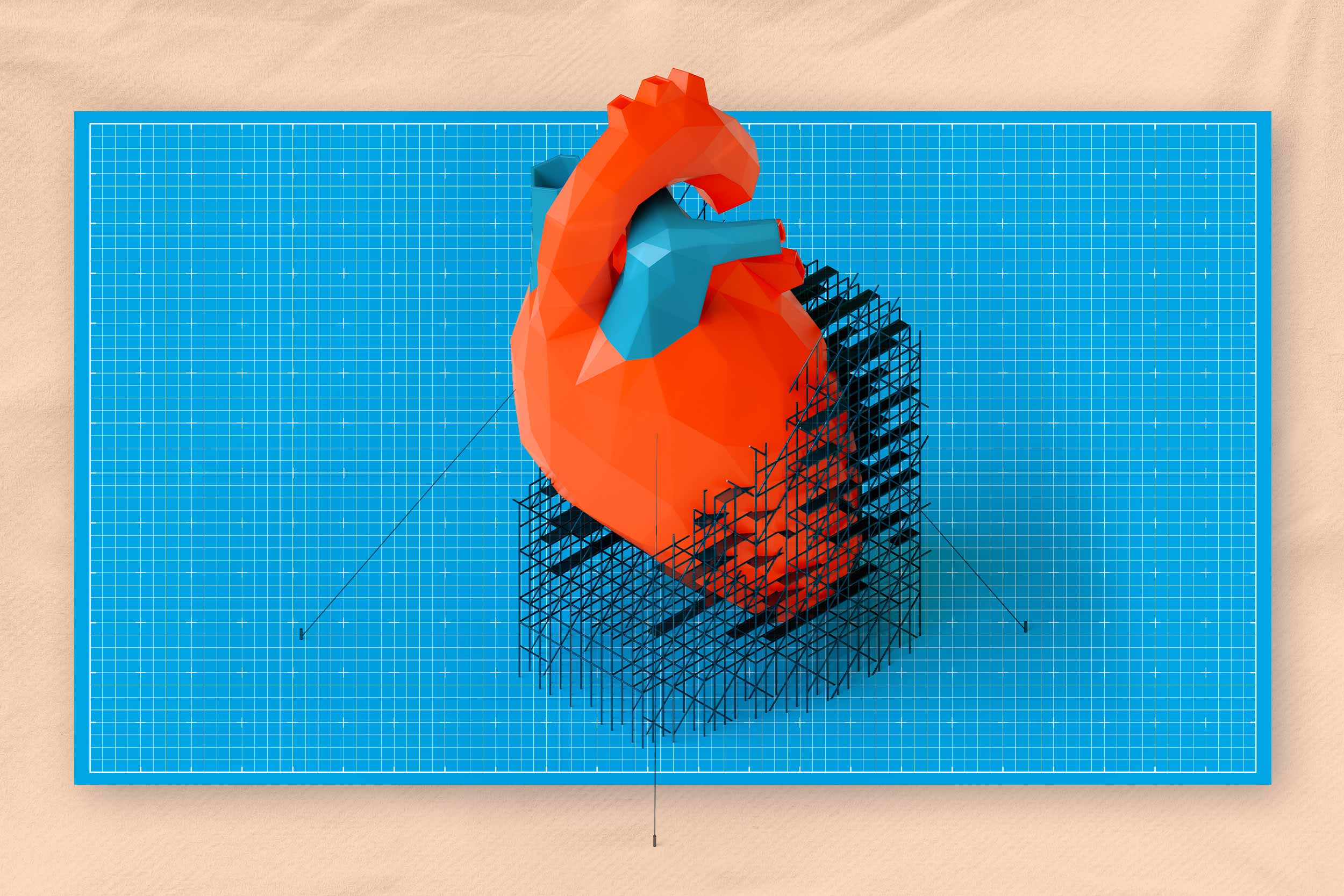Irreversible heart damage?
Heart failure occurs when the heart is no longer able to pump enough blood to meet the body’s needs. This causes weakness, fatigue, shortness of breath, fluid buildup in the lungs, and other symptoms that rob patients of their quality of life. The disease is irreversible and often leads to death.
Heart failure can be triggered by heart attacks and other conditions that damage heart tissue. Doctors currently have no way to repair this damage because the body stops producing cardiomyocytes shortly after birth. Saucerman and his team are striving to find drugs that can restart this natural production line.
Working with scientists at the pharmaceutical company AstraZeneca, the UVA researchers combined a traditional approach – looking at living cells under a microscope – with advanced image processing algorithms. Using this approach, they were able to identify 30 compounds that triggered the production of cardiomyocytes in culture dishes.
Although the drugs showed promise, scientists needed to better understand how the drugs worked—that is, how exactly they might stimulate cardiomyocyte production. So the UVA team selected five different compounds that acted on different cellular targets and set out to find answers.
The scientists weren’t sure how the compounds worked because they targeted proteins that were unrelated in previous studies of cardiomyocyte production. To get a more comprehensive look, the researchers examined the expression of all genes in the genome as well as a large number of proteins.
Using machine learning, they linked the data into a network to explain the cascade of effects the compounds would produce. They found that the drugs promoted cardiomyocyte production in a similar way and did so without toxicity—a promising sign.
The new findings bring scientists closer to translating their laboratory work into new treatment methods.
“Based on these results, we are now assembling the data into a large-scale computer model of cardiomyocyte production and testing selected compounds in animal models,” said Saucerman, who also works at UVA’s Robert M. Berne Cardiovascular Research Center. “Normally, our ability to produce new cardiomyocytes is lost shortly after birth. I hope that one day new drugs can restore this regenerative ability to treat heart attacks.”
The research was supported by AstraZeneca, a grant from the UVA-AstraZeneca Strategic Cardiovascular Alliance, the Pinn Scholar Award from UVA, and the National Institutes of Health grants T32-HL007284, S10 OD021723, HL160665, and HL162925.

